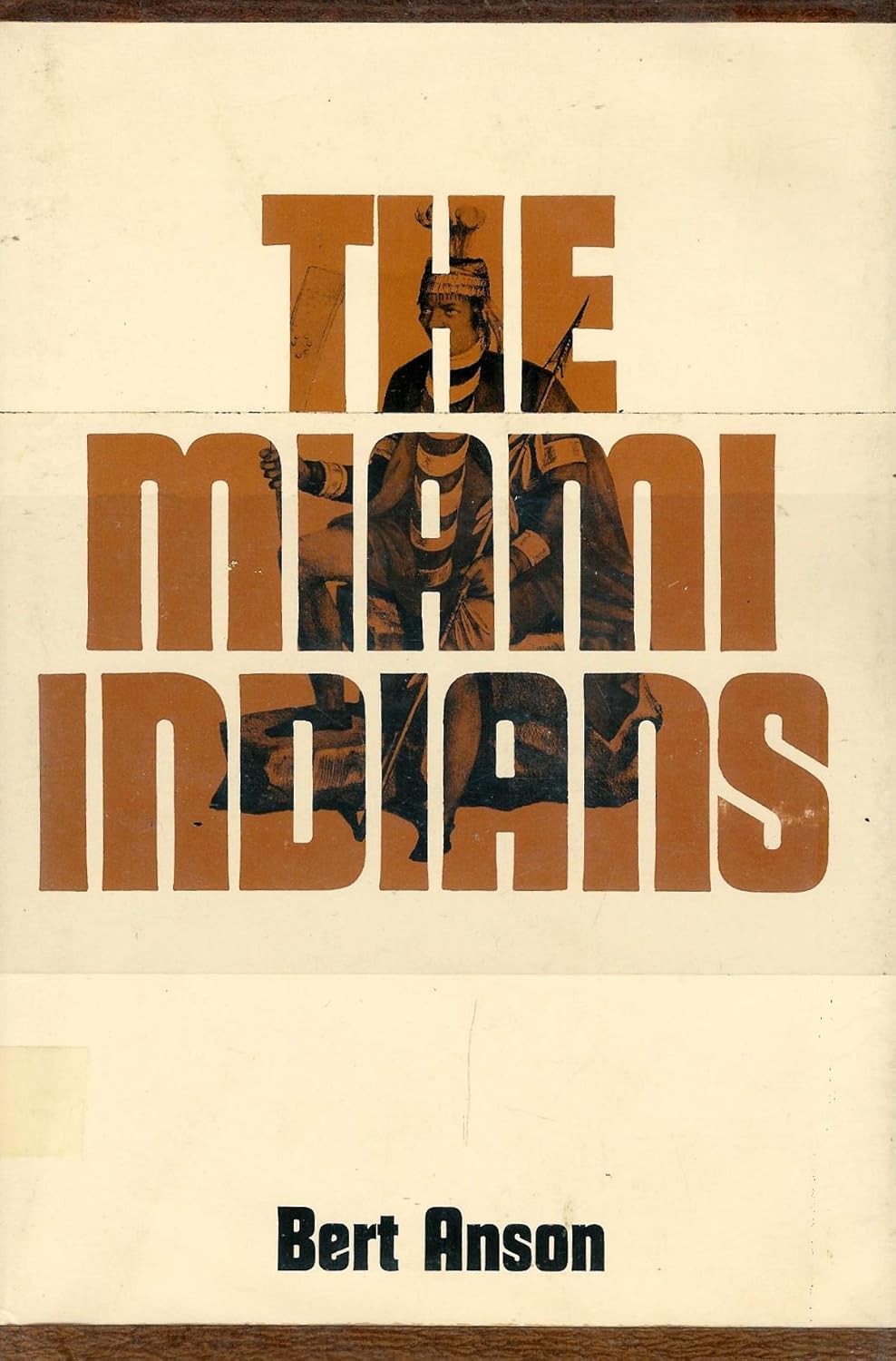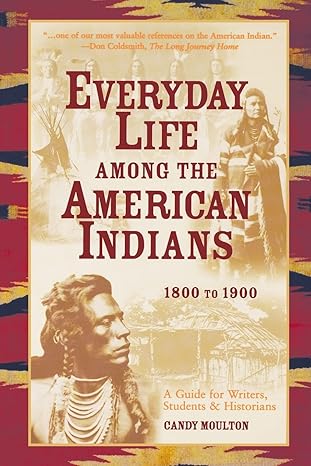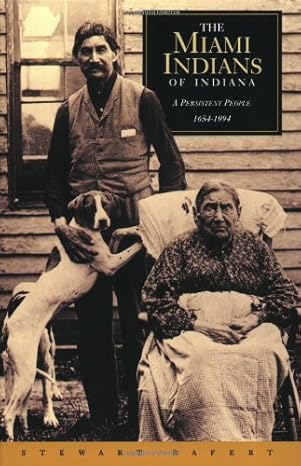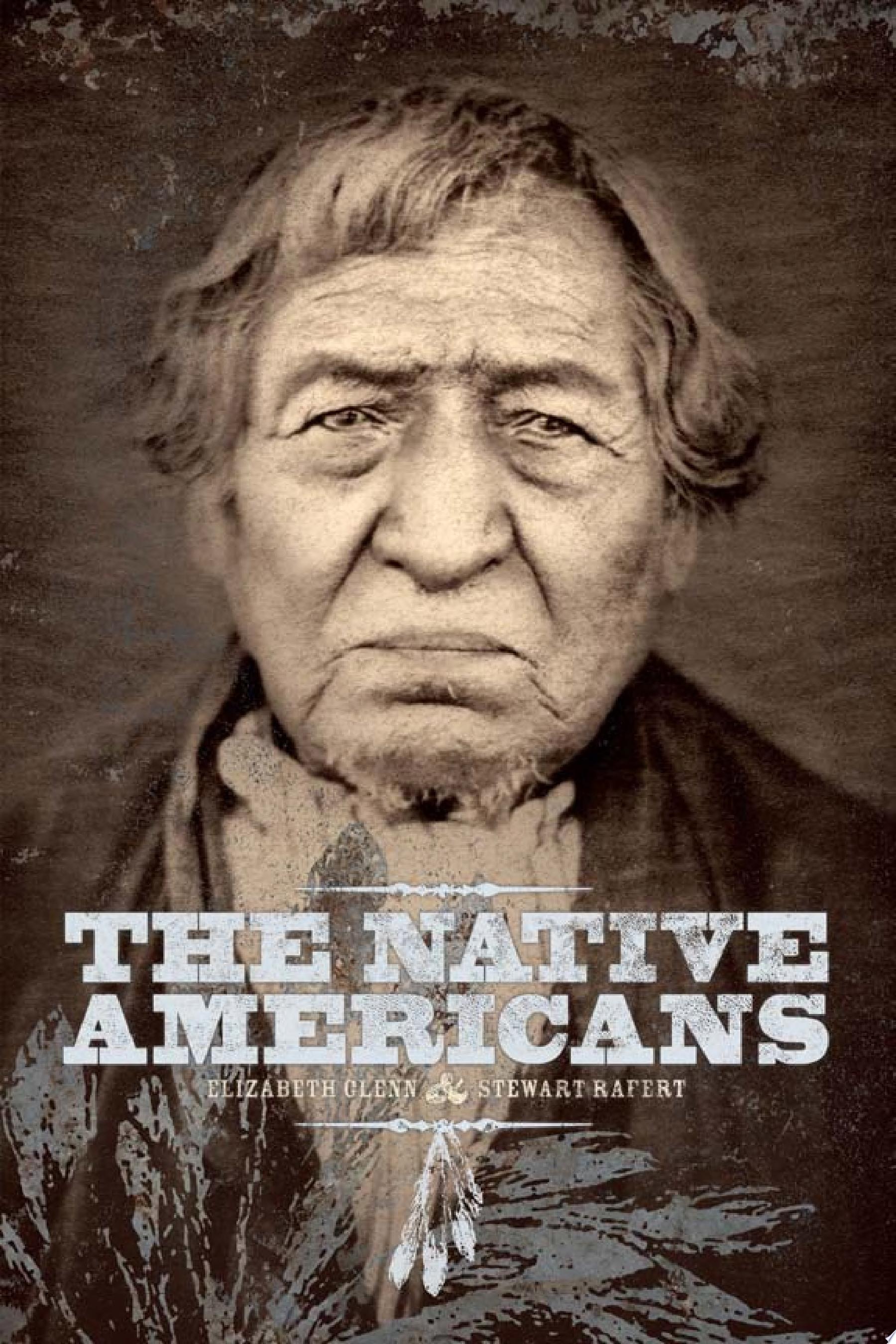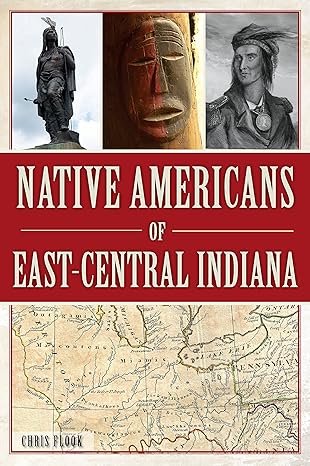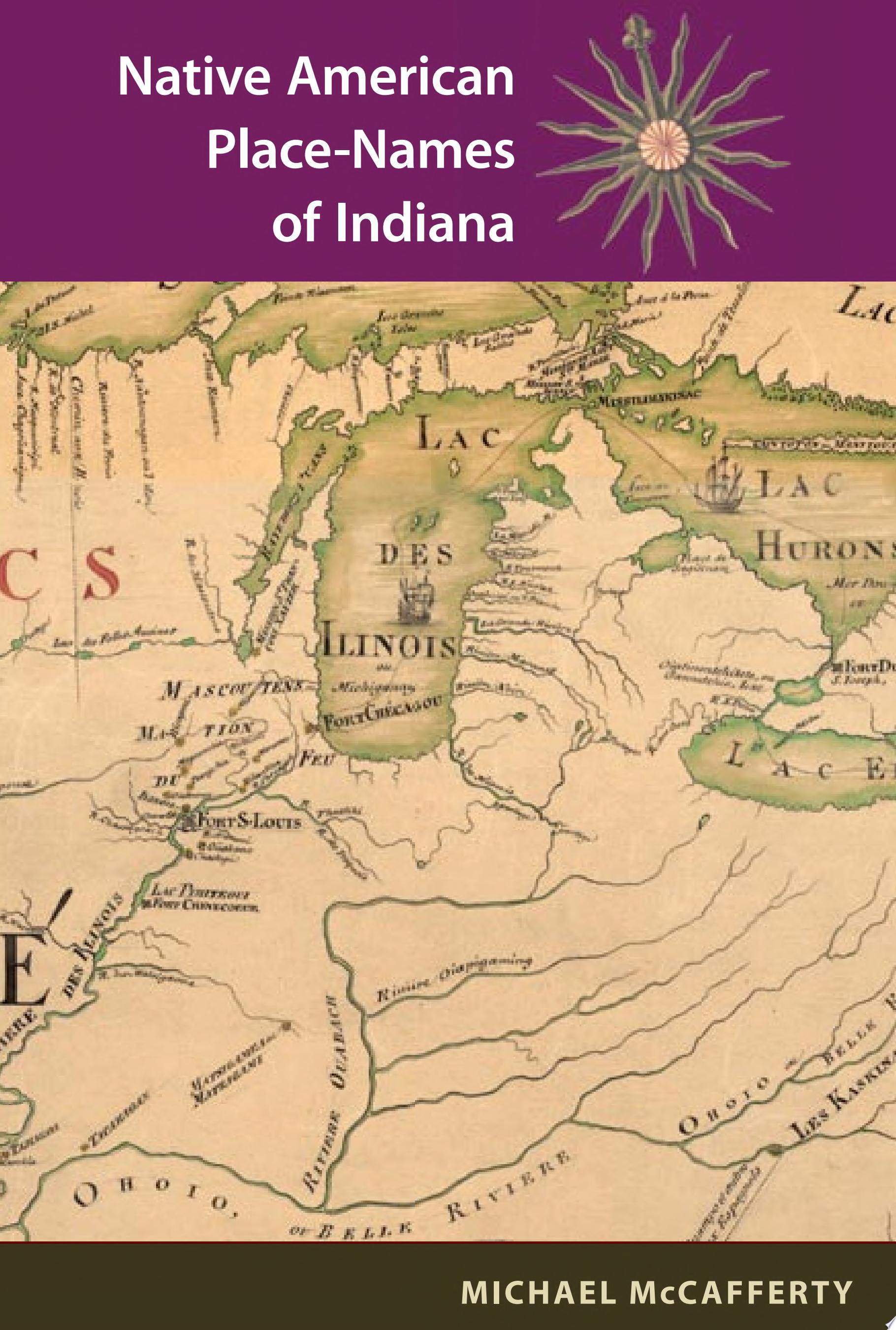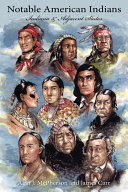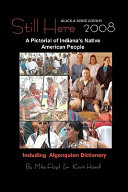Due primarily to a lack of accurate data, little has been written regarding the life histories of individual American Indians.
Biographical Indian sketches that have been published are about a few outstanding individuals, mainly leaders in warfare, such as Tecumseh, Weyapiersenwah or Blue Jacket, and Meshekinnoquah or Little Turtle.
The authors of this volume have compiled a broad range of biographical data and have woven them into rewarding personal stories about Indian leaders of the lower Midwest (1700-1850) that will engage the reader's attention.
In this book, the reader will discover what life was like for thirty-one notable American Indians of the Miami, Potawatomi Shawnee and Delaware tribes.
Many of these notables include renowned warriors and patriots of the Indian cause during the 18th and 19th centuries however, several individuals are peace chiefs and religious leaders, women and white captives. For many of these subjects, their lives were interwoven with each other.
In the gathering of this book, the authors have pored over letters, diaries, reports, books and internet and have traveled around the Midwest researching historical society archives, libraries and historic sites.
Accompanying the biographies are individual pen and ink drawings that add visual interest to the pages.
The authors write with a concerned passion about the historic Indian subjects they selected from the history pages of an earlier time.
The reader of American Indian history will profoundly benefit from this biographical compilation that is highly readable and informative.
